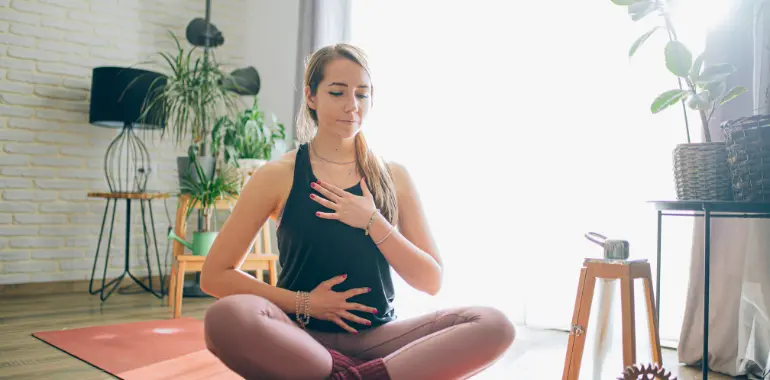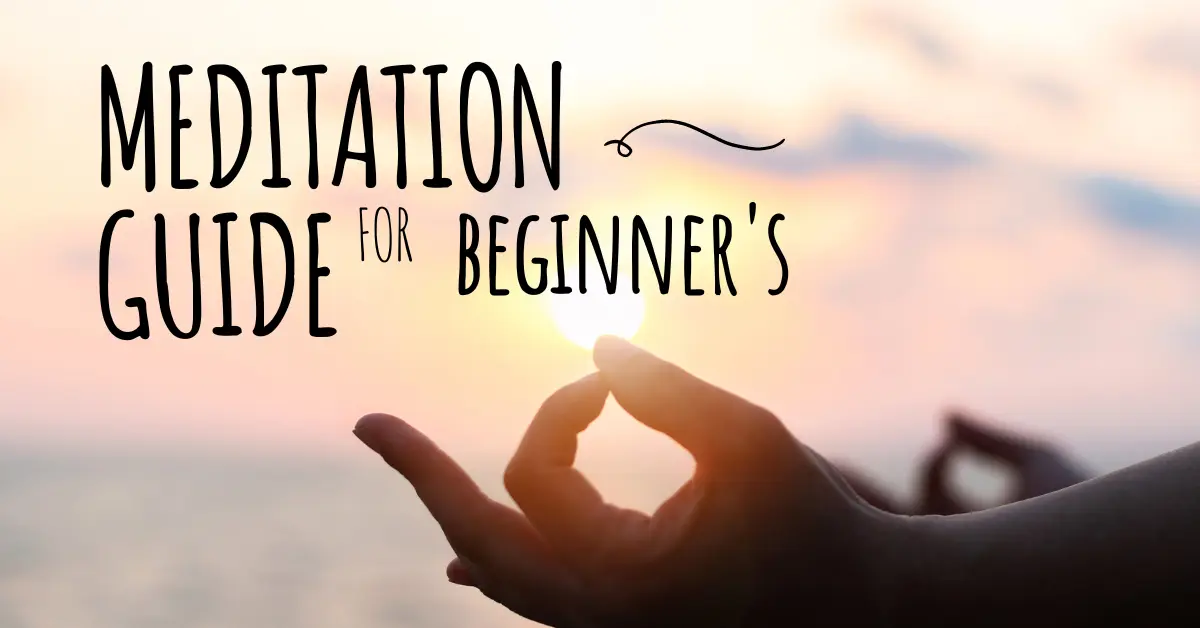Practiced meditation before? Discover how to start with our simple meditation beginner’s guide. Get breathing techniques, the ideal posture, and space-saving advice..
Introduction
Have you always wanted to start meditating but were unsure how? Fear not—you are not by yourself! Though at first scary, anyone can start to reap the amazing advantages with the correct instruction. We will dissect into easy-to-follow, basic steps in this beginner’s guide to assist you confidently begin your journey.
Finding Your Posture
Finding a comfortable meditating position you can hold for a long time is the first step. Though you may see Buddhist monks sitting cross-legged, in actuality, any posture that enables you to sit straight with a straight spine will do just fine. Sitting on a cushion, chair, or even your couch is up to you; do what comes naturally to you.
Popular Beginner Meditating Positions
- Cross-legged on a cushion or mat
- Seated straight in a chair
- Lying down (if sitting is too painful)
The most crucial thing is to prevent slouching or bending down and to maintain a straight back. This keeps your session pain-free and enables appropriate breathing.
Breathing Techniques for Beginners

The fundamental part of meditation is breathing techniques, which serve to relax the mind and ground you in the here and now.
Simple Breathing Exercise
- Sit comfortably and close your eyes.
- Breathe deeply a couple times to help you relax.
- Breathe in slowly through your nose, feeling your belly rise.
- Exhale slowly through your nose or mouth, feeling your belly fall.
- Continue focusing on the sensation of your breath entering and leaving your body.
It’s okay if your thoughts stray that happens to novices in particular. When your mind wanders, gently bring it back to your breathing.
Creating Your Meditating Space
Creating a special area for meditation can help you develop a regular schedule and facilitate the slipping into a meditative state, while it’s not strictly required. Select a calm, clutter-free space in your house and think about including peaceful and relaxing features.
Tips for an Ideal Meditating Space
- Use a comfortable cushion or mat
- Play calming nature sounds or ambient music
- Light a scented candle or some incense
- Add plants, crystals, or other natural elements
- Dim the lights or use soft, natural lighting
The key is to create an environment that feels sacred and inspires a sense of tranquility within you.
People also read: BENEFITS OF DAILY MEDITATION
FAQs
How long should I meditate as a beginner?
As a beginner, it’s best to start with short sessions of 5-10 minutes per day. Over time, you can gradually increase the duration as you become more comfortable with the practice. The key is to be consistent rather than focusing on the length of time.
Is it okay if my mind wanders during meditation?
Yes, it’s perfectly normal for your mind to wander, especially when you’re first starting out. Don’t beat yourself up over it. Gently bring your attention back to your breath or your chosen meditation object whenever you notice your thoughts drifting.
What if I fall asleep during meditation?
It’s common for beginners to feel drowsy or even fall asleep during meditation, especially if they’re practicing in the evening or after a long day. If this happens, gently bring your attention back to your practice or consider meditating at a different time when you’re more alert.
Conclusion
Meditation is a simple yet powerful practice that can transform your life in profound ways. By following these beginner-friendly steps – finding a comfortable position, focusing on your breath, and creating a peaceful meditation space – you’ll be well on your way to establishing a daily meditation habit. Remember, meditation is a journey, so be patient and compassionate with yourself as you navigate this new territory. Embrace the process, and let the magic of meditation unfold.
